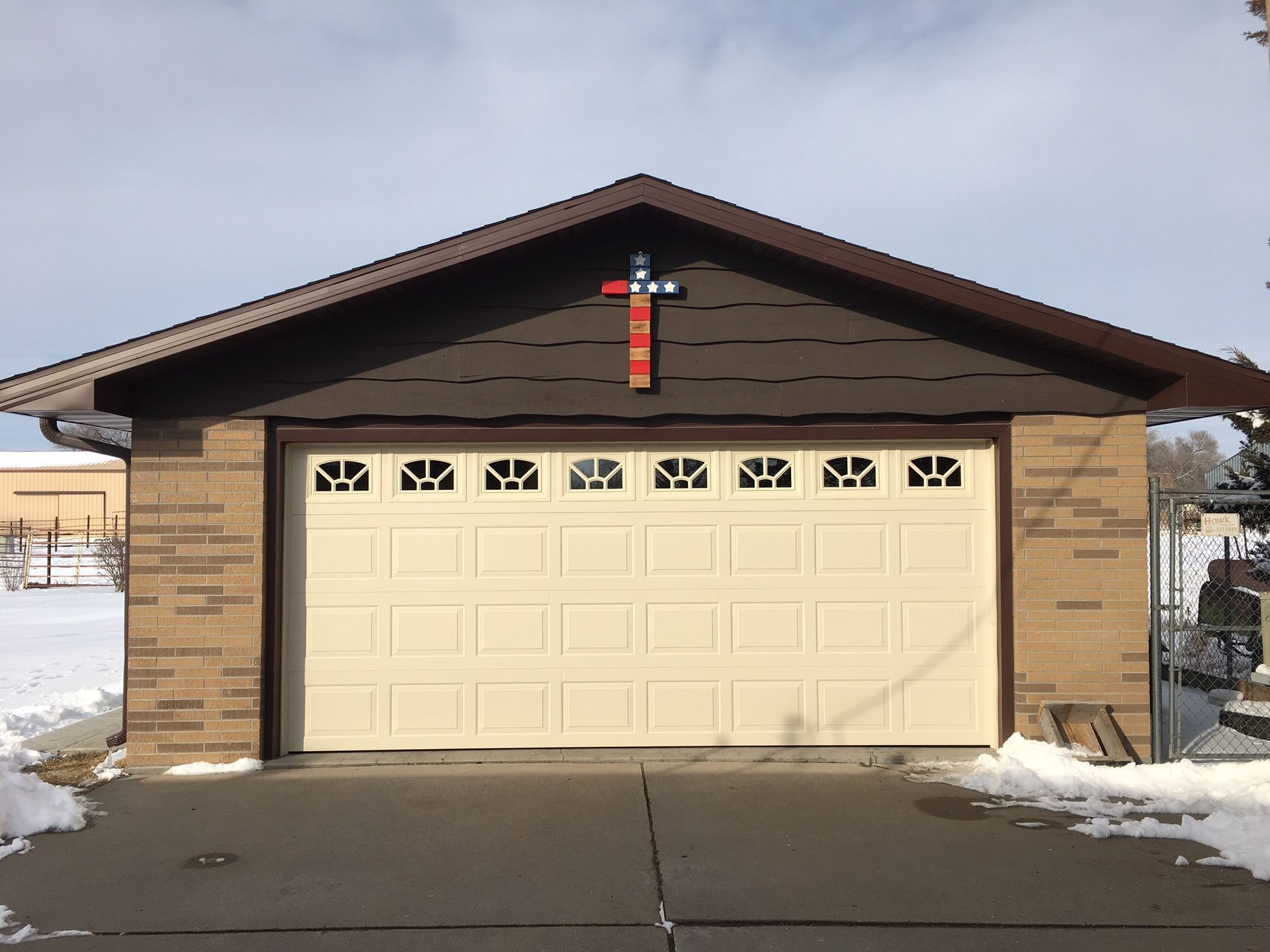While adding another layer of shingles might appear as an easy solution, is it really the best option for your roof? We’ll explore the advantages, disadvantages, building code concerns, and other alternatives.
Short-Term Savings and Long-Term Drawbacks
Benefits: Adding a second layer of shingles can save on labor costs and time by bypassing the tear-off process. It's a commonly chosen option for those seeking budget-friendly roofing solutions.
Drawbacks: However, there are several drawbacks to this method, such as:
- The extra weight can strain your roof’s structure, potentially causing sagging or other damage.
- Difficulty identifying and fixing underlying problems, like leaks or rotting wood.
- New shingles may have a shorter lifespan because of heat retention and uneven installation caused by the existing layer.
Building Code Considerations
Before layering shingles, be sure to check local building codes, as most areas allow only two layers. Exceeding this can lead to insurance issues and safety concerns, so it’s crucial to consult professionals.
Why Weathercraft Recommends Against Layering Shingles
While adding a second layer might seem appealing, Weathercraft recommends avoiding this approach. Here’s why:
- Comprehensive Repairs: Tearing off the existing shingles helps uncover any hidden damage, which can be repaired properly for better long-term roof performance.
- Superior Shingle Adhesion: By installing a single layer on a clean surface, new shingles adhere better and perform optimally over time.
- Sleeker Appearance: A single layer of shingles provides a sleeker and more polished look compared to multiple layers.
Alternatives for Budget-Conscious Homeowners
If cost is a concern, here are some alternatives to layering shingles:
- Repair Instead of Replace: Instead of redoing your entire roof, focus on repairing individual problem areas.
- Consider Energy-Efficient Roofing: Opt for shingles designed to provide better insulation, reducing energy costs over time.
- Financing Plans: Weathercraft offers affordable options to spread out roof replacement costs.
